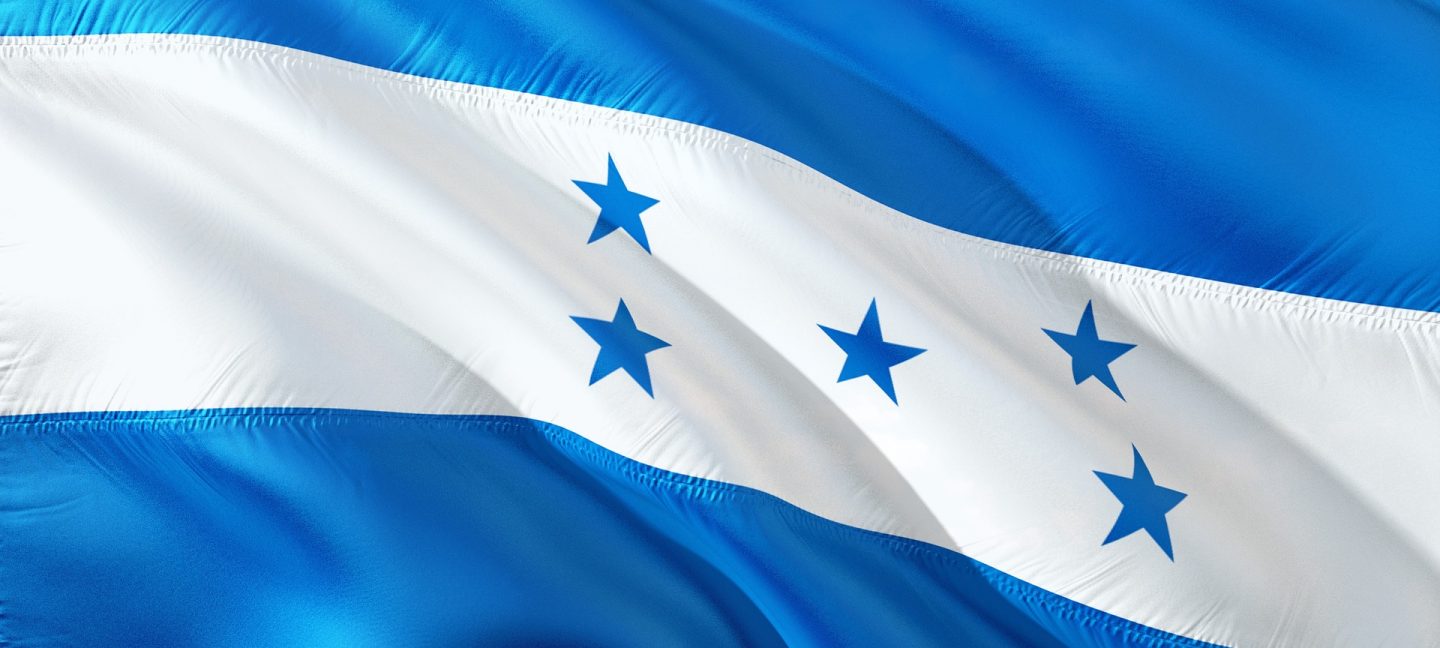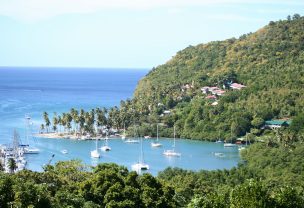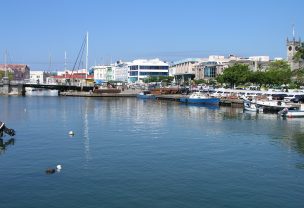Quick facts
- Full name: Republic of Honduras
- Capital: Tegucigalpa
- Largest city: Tegucigalpa
- Official language: Spanish
- Area: 112,492 km2
- Population: 9,112,867
- Currency: Lempira (HNL) 1 (HNL) = 100 centavo
- Foreign tourists: 2.2 million (2016)
- Travel risks and hazards: Homicide, theft, robbery, earthquakes.
Honduras has a beautiful landscape and amazing beaches with turquoise water and some of the most well preserved Mayan ruins in Central America. Honduras, however, is still a very dangerous spot ranking second in the intentional homicide rate. Honduras has some serious hazards all visitors should beware of.
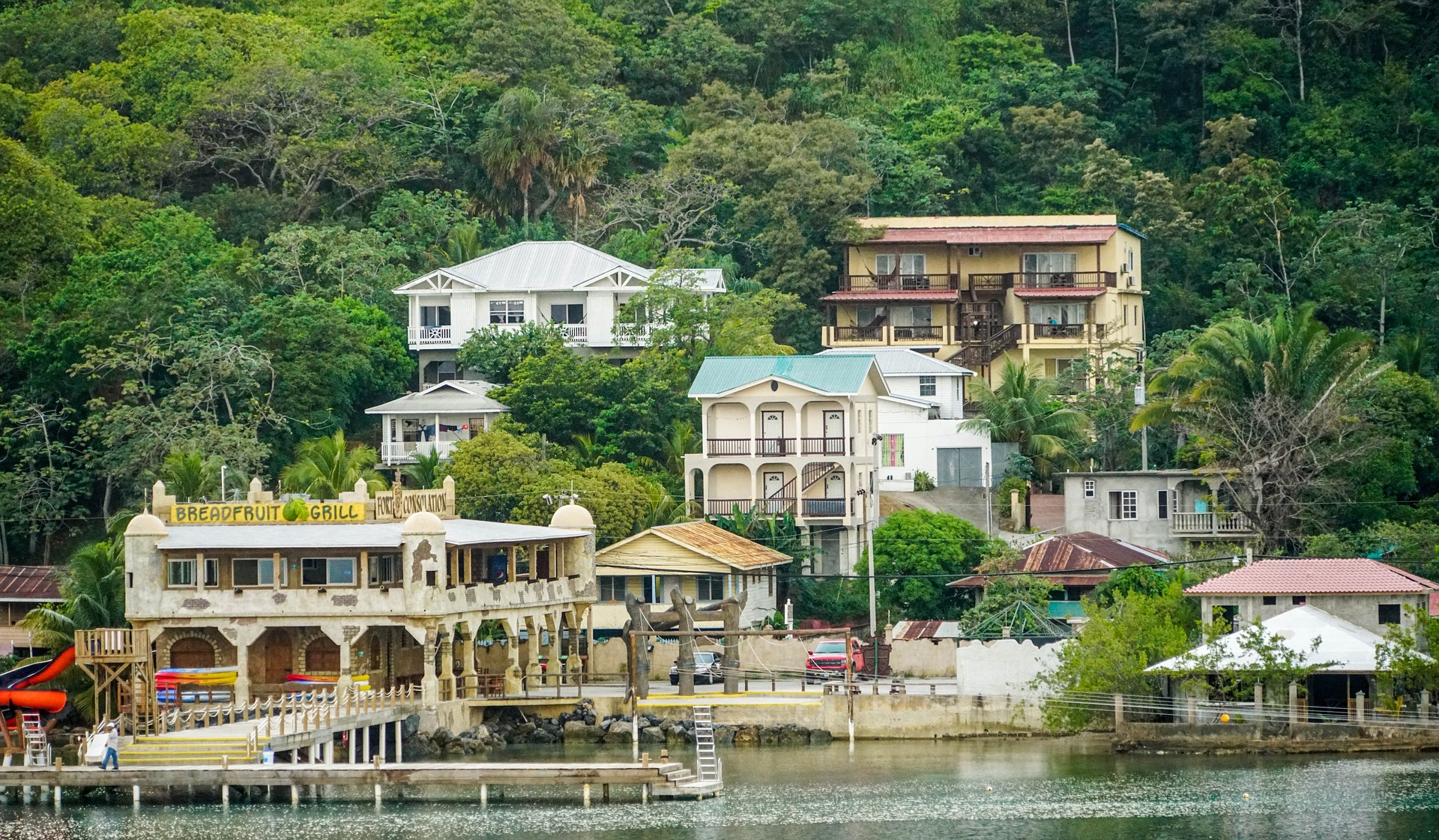
Travelling info
All visitors travelling to Honduras require a valid passport. Certain nationals are exempt for the requirement of obtaining a visa including the nationals of CA-4. Nationals exempt from visa including the nationals of CA-4 can travel to Honduras without a visa for up to 90 days, a 30-day extension is possible in the country immigration office. (List of nations in sources). Visitors who choose to drive in Honduras will be required a valid driving permit and an international driving permit. The right side of the road is used for driving.
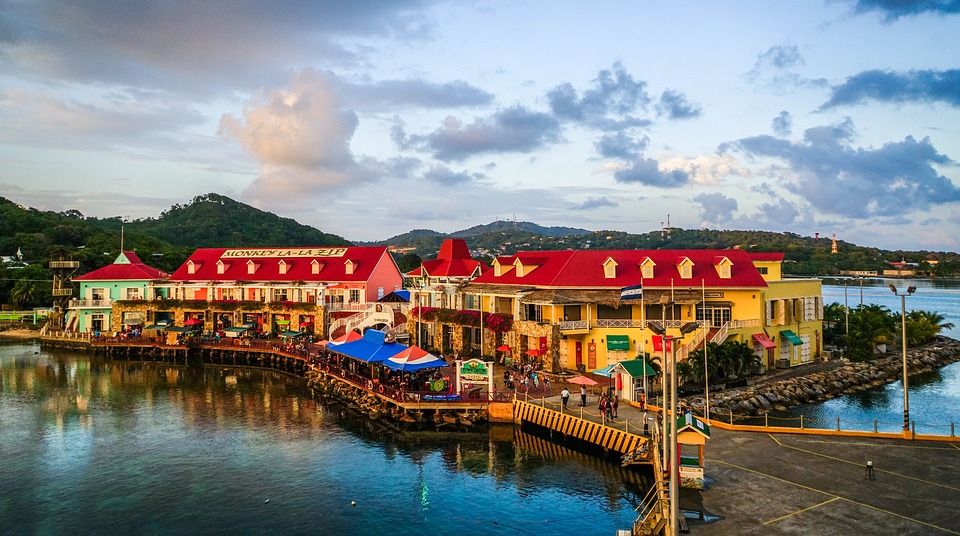
Travelling hazards
Highways are generally in good conditions however adequate signage is rare and many road works are ongoing. Roads of lesser importance and rural roads are generally in poor condition and poorly paved if at all. It is important to drive defensively or avoid driving at night as many vehicles drive without proper illumination. Traffic laws are not enforced sufficiently and are not obeyed by the locals. Driving on the mountainous roads during the wet season may be dangerous due to rockslides.
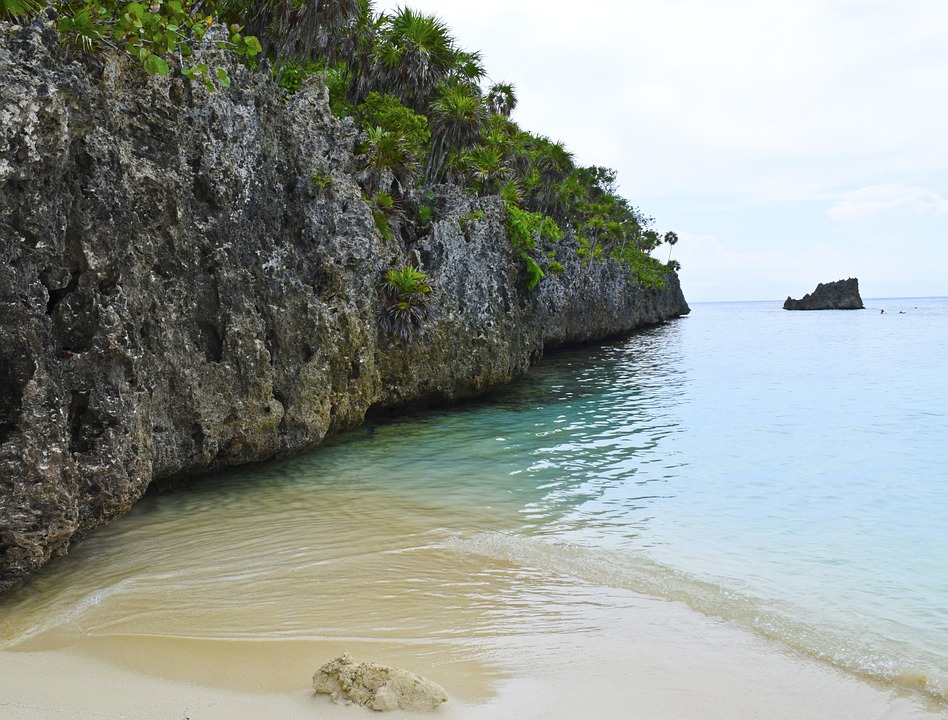
Environmental hazards
Honduras has several land mammals that may pose a threat to humans. Among these are the cougar and the jaguar being some of the largest cats in the world. Both of these are rather a rarity to see however approaching one can end in serious injuries or end up fatally. Coyotes are present in the country and may pose a threat to humans even at their small size. Honduras is home to several species of poisonous snakes. Among these are the central American rattlesnake, the coral snake and pitvipers. Scorpions, centipedes and spiders may also be a threat and it is advised to avoid these. Some wander into houses, therefore, it is advised to shake out shoes and clothes before wearing them. The American crocodile can be spotted in parts of Honduras, mainly around larger bodies of water. Both coasts of Honduras are generally safe however swimming after dusk is not advised due to increased activity of sharks. Crocodiles are also nocturnal creatures and prefer to hunt after dusk. Other marine dangers include jellyfish and stingrays however none of these will directly attack anyone.
Honduras has no active volcanoes unlike most of its neighbours however it is still affected by some major earthquakes. The hurricane season does affect Honduras, mostly it’s eastern coast however the damage is not as severe as in the Caribbean.
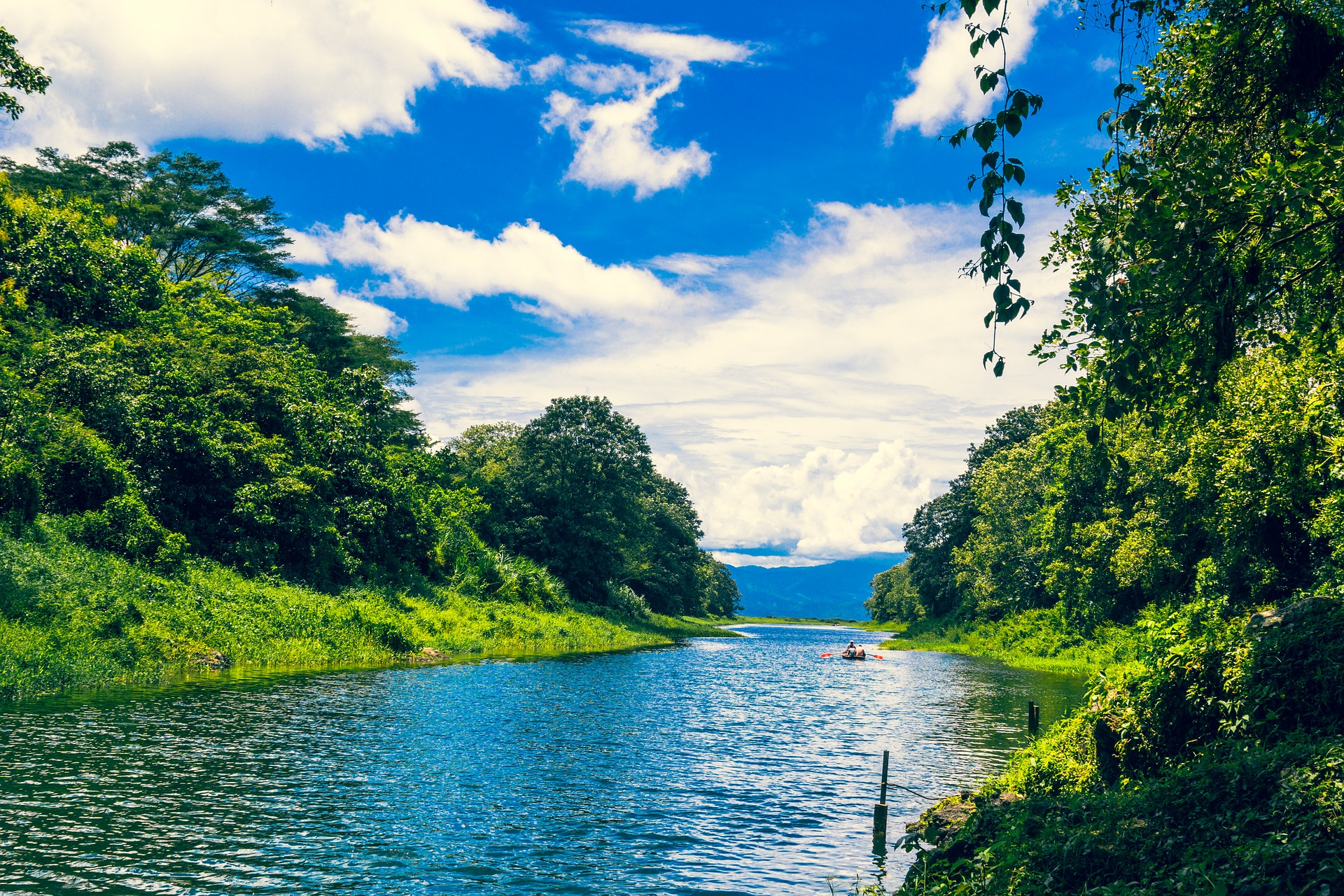
Health hazards
Visitors travelling to Honduras from countries with a risk of yellow fever must present proof of yellow fever vaccinations upon entry. (list of risk countries in sources). There are several other vaccines that are recommended but not required. These are the routine vaccines, hepatitis A and B, typhoid and rabies vaccine. There is a risk of contracting malaria in Honduras. There is, unfortunately, no approved vaccine for it however there is medicine on prescription. An alternative way to protect against contracting the disease is the use of mosquito repellents. Healthcare in Honduras is moderate. Public hospitals are staffed with physicians trained in the US however the facilities are not on par with those in the US. Private healthcare is on a higher level than the public sector however it is more expensive. It is important to purchase medical insurance that will cover all the costs. If taking prescribed medicine it is best to get a supply before visiting as it may not be readily available on the spot.
In case of an emergency dial 195 or 112.
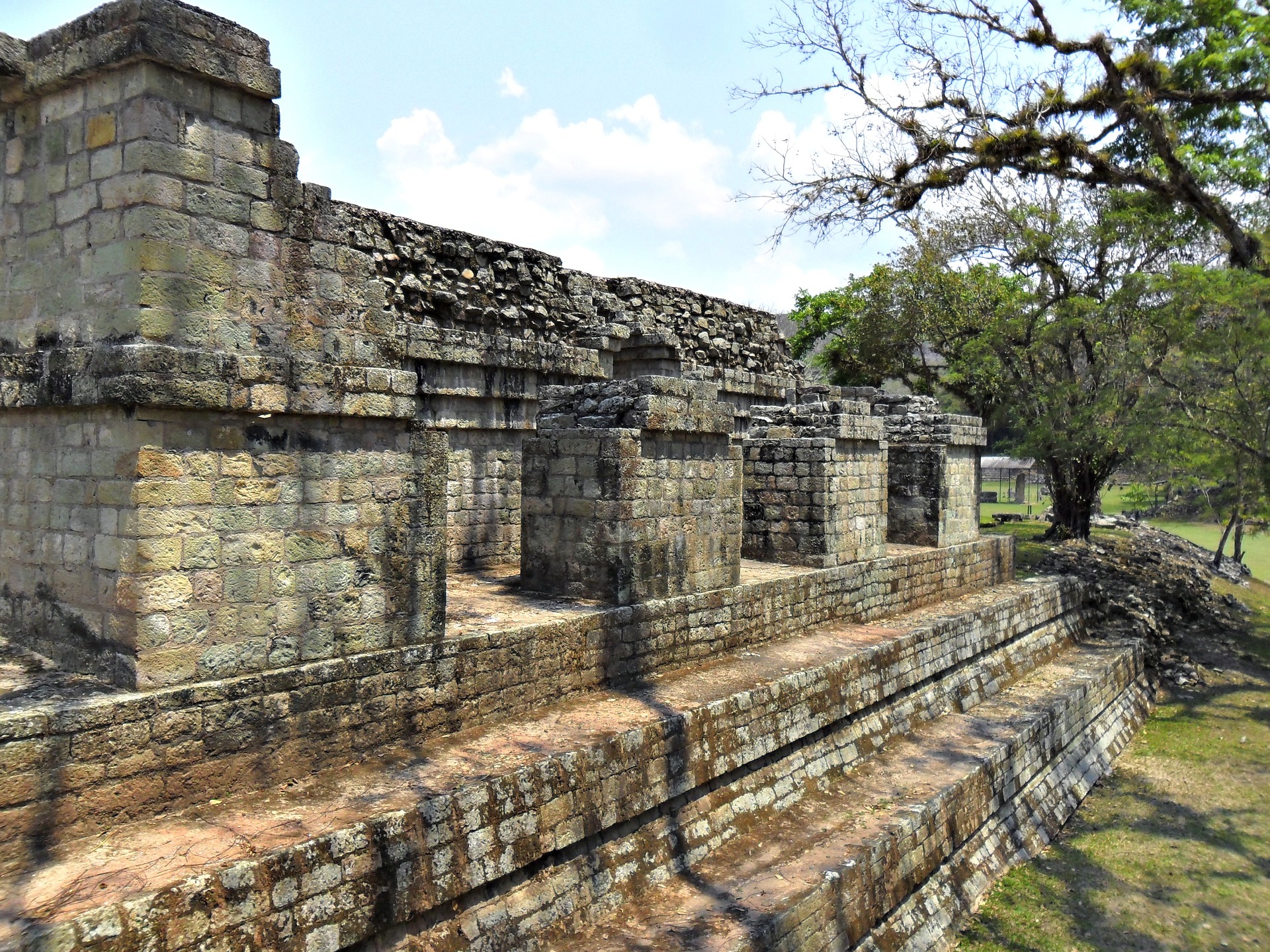
Crime
The crime rate along with the extremely high homicide rate has steadily declined since 2011. Gangs are a serious part of the problem just like in neighbouring El Salvador. Most of the homicide is attributed to gang skirmishes and murders over territory etc. Although tourists are rarely a target of violent crime there are steps to be taken in order to stay safe on a trip to Honduras. Wearing flashy jewellery or exposing money can attract robbers or thieves. Wearing money belts is a good way to prevent pickpocketing and to be discrete with money. As it gets darker it gets more dangerous. It is advised not to wander around at night and if so to stay in popular tourist areas which are patrolled by the tourist police. The areas of Colon, Northern Olancho and Gracias a Dios are particularly dangerous due to drug smuggling and violence. Police presence is very limited and law in these areas is almost not enforced at all leaving the place almost entirely under gang jurisdiction. It is advised to avoid using ATMs and banks due to high criminal activity around such spots. Targets are usually followed and violently robbed. Spots like San Pedro Sula, La Ceiba, Tegucigalpa and Roatan and Tula are generally safe and prefered tourist areas.
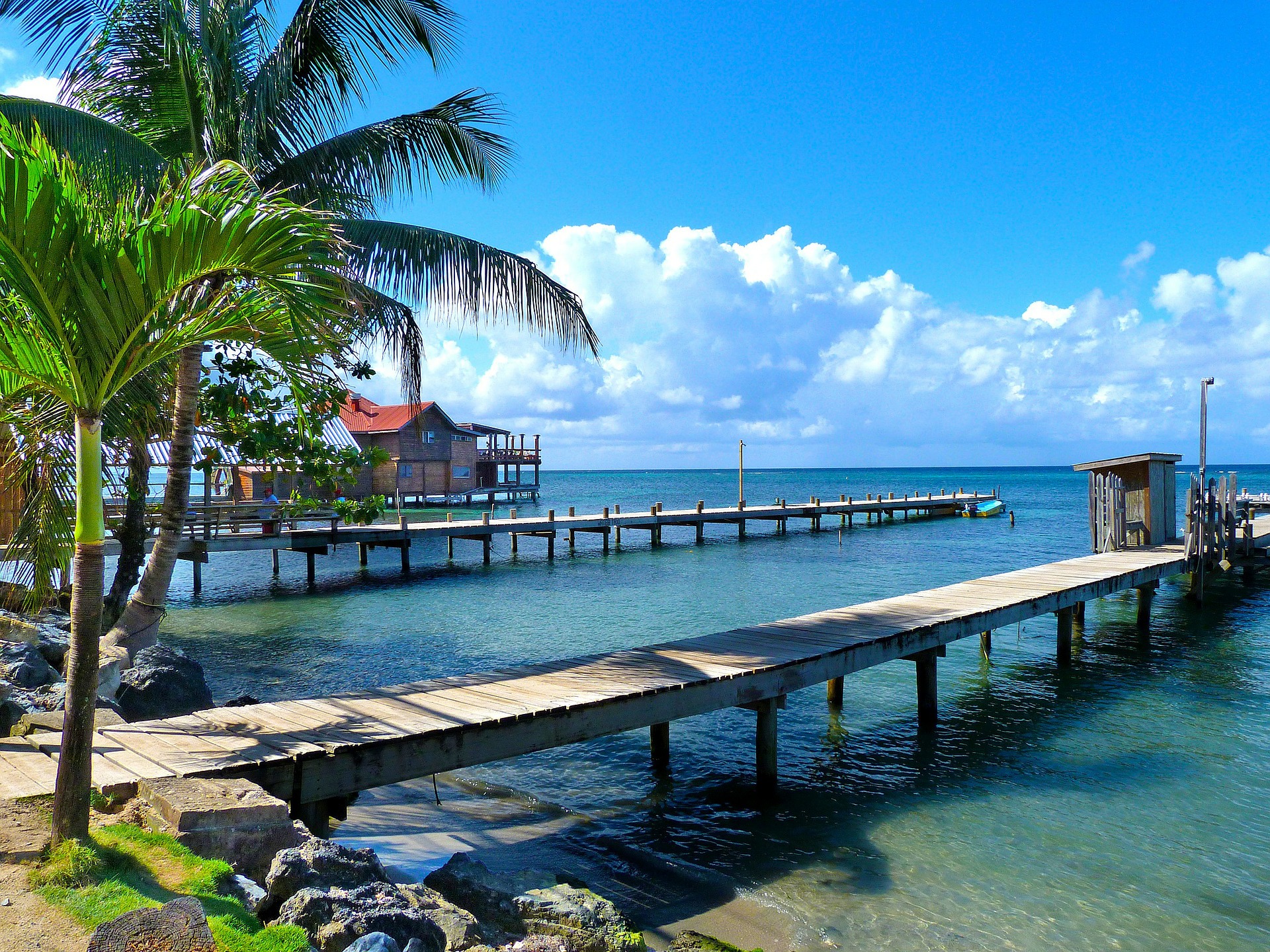
Summary
Although Honduras is not famed for its safety, there are many beautiful spots to explore. Cayos Cochinos and Lago de Yojoa are some of the most breathtaking places to see. Remember that planning your trip with Travset.com will give you the quickest information about nearest emergency services and will also help you purchase indispensable travel insurance for the trip of your lifetime. Please feel free to comment and share the experiences of your travels with Travset.com.
Sources
(Visa)
http://visados.com/en/visa-for-Honduras
(Vaccinations)
https://wwwnc.cdc.gov/travel/destinations/traveler/none/Honduras
https://wwwnc.cdc.gov/travel/yellowbook/2018/infectious-diseases-related-to-travel/yellow-fever#5291



